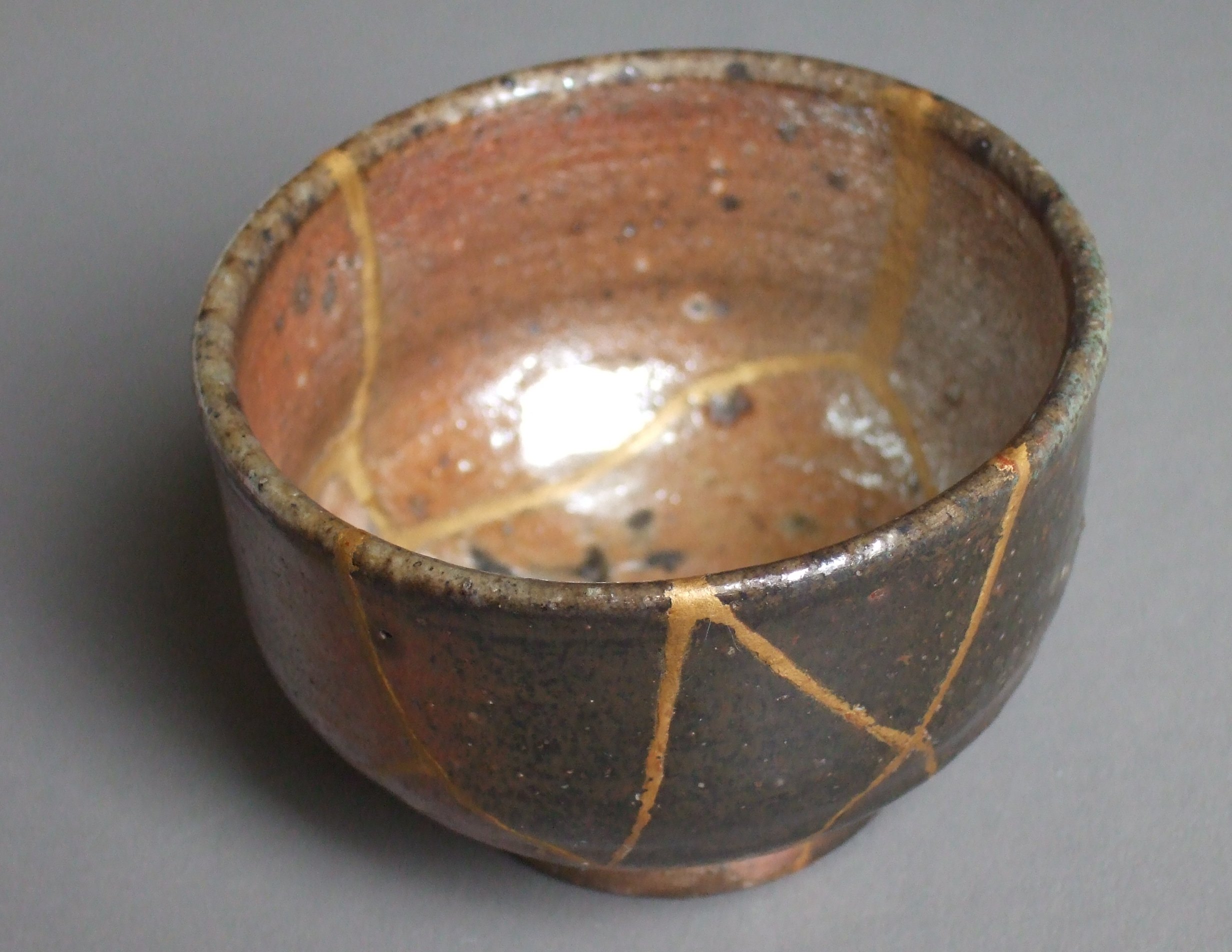The Disposable Era - We are Not Starved for Choices we are Starved for Connection

Some of you may have heard me say this on MSP Waves Radio, in the chat on discord or on steemit comments and articles. It has been a point of interest in various conversations I have had with people, but what do I mean when I say “we are not starved for choices but connection”? This comment is a reflection on today’s society, what the social norms dictate is acceptable interaction between one another. Unfortunately what I have been observing as normal acceptable social behavior is “not great” when we analyze the data beyond face value.
It is no secret that humans are easily manipulated, a quick look at the history books, psychological data, etc. indicates that mankind can be made to do some horrific things with some simple suggestive influences. Various systems in place force people to conform in particular areas ie schooling system, governments, police, laws etc. these factors are strict, rigid and dictate some of the interaction of mankind. Where we have “somewhat” of a say is in the cultural and social norms, these are dictated by the majority of the crowd as to what is acceptable, this is our area of focus.



Mankind has made incredible advances in technology aiding our existence on the planet, we have an abundance of many things we struggled to attain in the past. Agriculture gives us food, science has advanced our medial fields, better building materials improve living standards, and electronics now have us more connected than ever before. With all these improvements it is hard to comprehend what it is that makes many of us feel that there is still something we are missing.
Enter the social conditioning designed to create consumers. There was a time when things were built to last, cars, white goods, TV’s, you name it. Quality and durability was at the forefront of products being promoted “it was built to last”. Over time market saturation created an issue for those selling the products. If everyone has a refrigerator that will last “forever” then once all the people of the world have a refrigerator then there will be little to no need for new refrigerators to be made and sold right? This is the roots of Planned Obsolescence.
Planned Obsolescence
Business practice of deliberately outdating an item (much before the end of its useful life) by stopping its supply or service support and introducing a newer (often incompatible) model or version. Its objective is to prod the consumer or user to abandon the currently owned item in favor of the 'upgrade.' Most prevalent in computer hardware and software industry.
Although this concept is attributed to computer hardware and software in the description above, the concept of Planned Obsolescence is attributed to the automotive industry in the 1920’s. However, there is also considerable data which dates Planned Obsolescence back further than this period of time. The concepts driving force is “There will always be a reason to upgrade/replace and if not… make one”. This design means that there will always be an abundance of people looking for “something”, because of this there are numerous choices when looking for said “something”. Numerous features, designs, options, sizes etc. for your brand new “something” that’s designed to fail, this is why I believe we are living in a “disposable era”…
When we combine the concepts from the information attained, ease of human conditioning, societal norms, consumerism, Planned Obsolescence, we start getting a picture of how we are being steered into a mindset that observes our surroundings as a consumerist playground. If something is broken, don’t fix it buy a new one. If something works but isn’t “perfect”, replace it. In fact you don’t even need a reason, just feel like a change? Get a new one… there is always something else out there.
The issue arises when we start taking this concept into our social realms, in fact it is promoted as being good to do so. We are treated and treat others the same way that we would anything else in the consumerist circle and it has been normalized to do so, it has become the way of standard human social interaction. We can have thousands of friends on Facebook, but still be incredibly isolated, are they friends? People who care about you and you for them? or just a means to add to the number on the “friends count”. New pets get a bad run in this instance, if they pee on the floor, are too loud, don’t obey, etc. they are sent to the pound or given away and getting a “better one”. Instead of honoring the commitment made, treating the animal like a family member and working with them to overcome whatever issues arise. How about Tinder? People shopping, don’t like what you see swipe left, like it? Swipe right. When you meet up with them, don’t feel an instant connection? Don’t worry another person is only a swipe away.

This is where the saying comes into play “We are not starved for choice, we are starved for connection”. We have SO many choices, so much more than ever before, and yet we struggle for any form of decent connection to what is around us, be it to our possessions, pets, people in our lives and much more. The irony exists within those of us caught in the cycle. We feel the emptiness of the lack of connection, that void which cannot be filled, yet we persist in utilizing this method which has conditioned us to make swift judgments and replace anything not immediately suiting us which leads to a lack of connection to anything at all. It is a self-perpetuating cycle of emptiness we choose to engage in due to the social construct of modern living.
Kintsugi / Kintsukuroi
There is a Japanese art form in which items broken are repaired with Gold (or precious metals), this art from is called Kintsugi (golden joinery) it is also known as Kintsukuroi (golden repair). This art form entails repairing broken pottery with lacquer mixed with precious metals such as powdered gold, silver, or platinum. The philosophy behind this art form is that it treats breakage and repair as part of the history of an object, this gives the item character and additional value rather than something to hide or disguise.

If we are to take anything from the art form of Kintsugi / Kintsukuroi it is that there is value in the connection we have to items, to the history we share with it, to the story of the struggles we faced and overcame, to the fact that we saved what was once broken, that there is more to what is before us than meets the eye. However, I would like to propose that this concept goes beyond far beyond our possessions and material things. That Kintsugi / Kintsukuroi is applicable to our connections with many things in our lives and that it can add value when seeking to fill that void left in our soul due to a lack of connectedness.
It is up to us to recognize how we are being psychologically manipulated and veered towards this form of herd mentality and take steps to head towards a more autonomous path that is congruent with how we would like to be, not what is dictated to us by the societal constructs designed to keep us divided. We must be the change we want to see in the world and accept nothing less from those we choose to allow into our personal lives. We must choose to awaken from our slumber and not be hoodwinked and bamboozled by the influx of choice, or the illusion of choice, when it comes to what we allow influence our decision making. Its our responsibility to do the leg work and search for the kinds of connections we seek to find because when we find a true connection, all the other choices don’t matter.
Much love in all your directions
Cope
